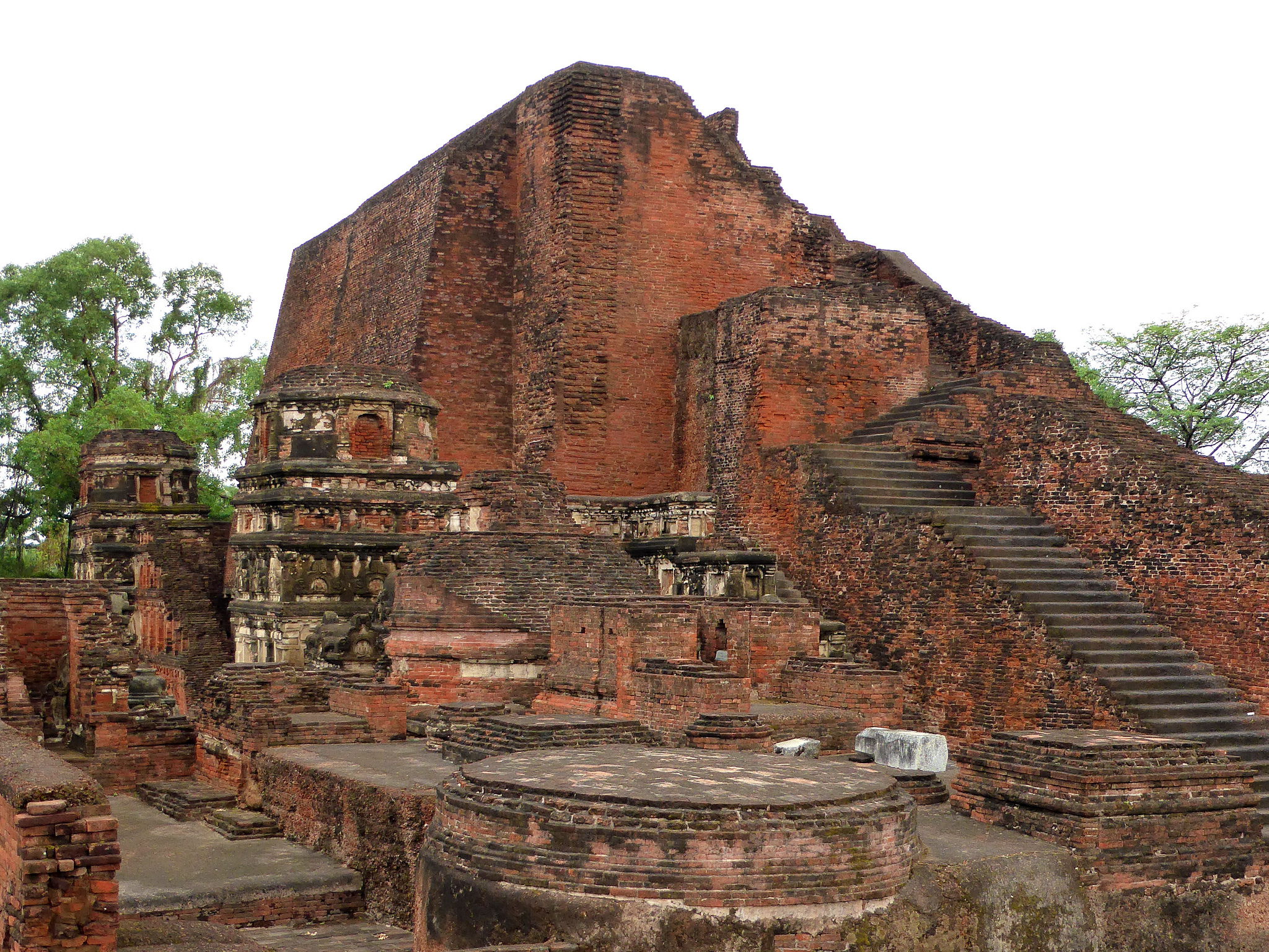
PUSHYABHUTI / VARDHANA DYNASTY
1.Harsha belonged to the Pushyabhuti dynasty, which ruled from Thaneswar. Pushyabhutis were the feudatories of Gupta, but had assumed independence after Hunas’ invasion.
2.Prabhakar Vardhana (AD 580-605) was its first important ruler succeeded by Rajyavardhan (AD605-606)
Grahavarman (Maukhari ruler of Kannauj), husband of Rajyashri (sister of Rajyavardhana) was murdered by Devagupta (ruler of Malwa) in alliance with Shashanka (ruler of Bengal)
Rajyavardhana killed Devagupta but was killed by Shashanka in AD 606.
HARSHAVARDHAN (AD 606-647)
3.Harsha, also known as Siladitya, ascended the throne in AD606 and from this year, Harsha Era began.
4.Harsha made Kannauj his capital.
5.Harsha is called the last great Hindu emperor of India, but he was neither a staunch Hindu nor the ruler of the whole country.
In eastern India, he faced opposition from Shaivite king Shashanka of Gauda, who cut off the Bodhi tree of Bodhgaya.
Harsha defeated Dhruvasena II, the Maitraka ruler of Vallabhi.
6.Harsha was defeated in Deccan by Pulakesin-II, in 632 AD the Chalukyan king of Vatapi.
Harsha’s administration became more feudal and decentralised.
7.The Chinese pilgrim Hiuen Tsang visited India during the Harsha period. He informs us that the revenue of Harsha was divided into four parts, one for the king, second for the scholar, third for the officer and fourth for religious purposes.
8.Si-Yu-Ki was written by Chinese pilgrim, monk, and scholar Hiuen Tsang Xang. He resided in India for 17 years in search of Buddhist texts. He visited Kanauj during the period of Harshavardhana. All his experiences were depicted in his book Si-Yu-Ki which means History of the Western World.( My travels )
9.Three Chinese travellers visited India, Fa Hein (405-411 A.D.), Hiuen Tsang (630-645 AD), and I-Tsing (671-695 AD). Among these ancient travellers, Hiuen Tsang visited India during King Harshavardhana's reign. He is also called the Prince of Pilgrims.
10.Harsha held two important assemblies – Kannauj assembly (to popularise Mahayana Buddhism) and Prayaga assembly.
11.He used to celebrate a solemn festival at Prayag every five years.
Harsha was a Shaivite. He also granted revenue of 200 villages for the maintenance of Nalanda University. The empire of Harsha included parts of Punjab, Kannauj, Bengal, Bihar and Orissa.
12.Harsha was defeated by the Chalukya ruler Pulakeshin II in the battle on the banks of Narmada in 618 AD.
13.After the death of Harsha in 647 AD, the empire once again broke up into petty states.
14.He was the last Hindu ruler to rule north India.
